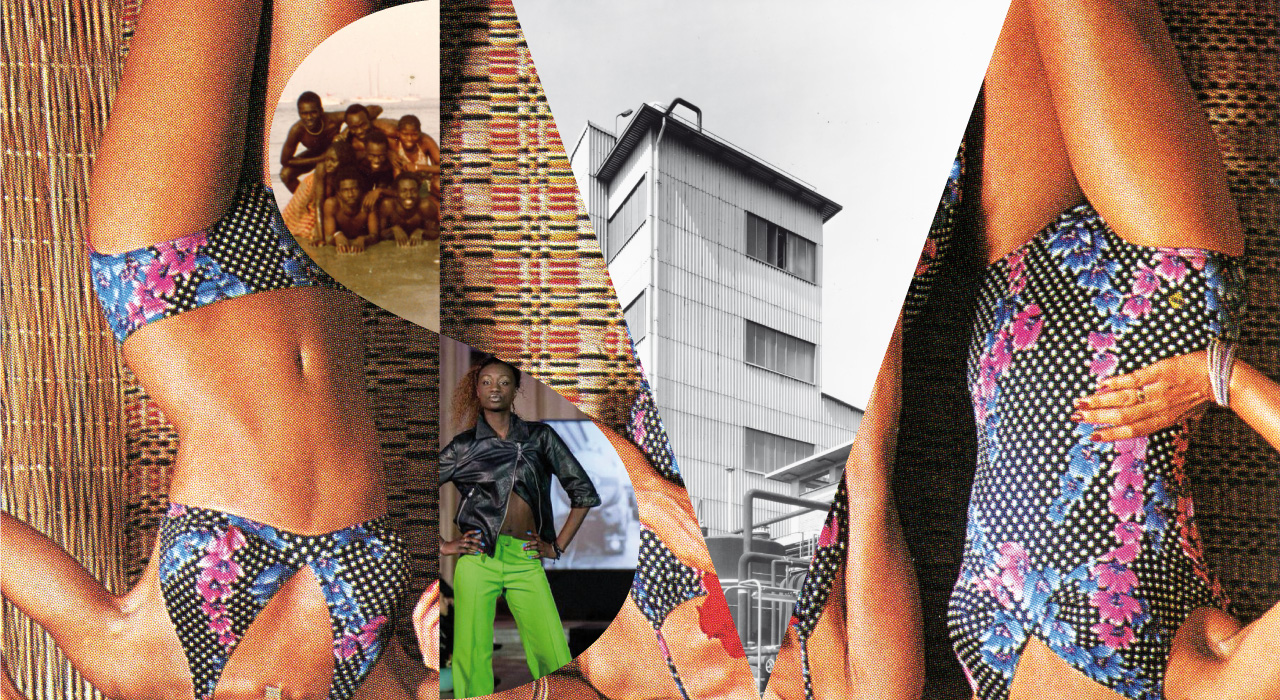Saturday in the Village
-
Duration
2014 -
Work area
Participatory researchPublic artStorytelling -
Scope
Local -
Funding
European Fund for Third Countries Citizens Integration -
Status
Filed

Il Sabato del villaggio (Saturday in the Village) was a project financed with EIF (European Fund for the Integration of Third-Country Nationals) funds, led by the Municipality of Cesano Maderno. The project promoted social cohesion and the integration of citizens of foreign origin living in the municipality, particularly in the area of the Snia Village, developed to host workers of the now-closed Snia Viscosa factory.
Over the last decade, the number of residents of foreign origin has increased in this area, attracted by the low cost of the accommodation progressively abandoned by the former Italian workers. Without the active factory, without a history uniting the residents, without shared services or a common language, there was no dialogue, no meeting, no getting to know each other.
There was no connection with the local surroundings, no sense of belonging in a population mainly unconnected to local history and unaware of the “great narrative” that united the Snia workers.
There was a lack of links between people who did not know each other and struggled to spontaneously generate exchange opportunities, partly due to the absence of public services or spaces that encouraged socialisation. For these reasons, the project identified a series of devices with proven effectiveness in promoting intercultural dialogue and overcoming a climate of distrust and social distance, such as street markets, food, care of shared spaces, parties, childhood, family stories and photos, and a local newspaper, and translated them into actions.
An ‘album of stories’ was collated to create identification within a dialogical community through a public art device, a ‘disseminated’ museum. The collection of life stories and photographs of today’s immigrants went in parallel with the valorisation of the Snia’s photographic archive, accompanied by testimonies of former workers.

The works were exhibited in temporary installations, in the project’s operational headquarters at the Snia Village, during neighbourhood festivals, in a final exhibition at Palazzo Borromeo, on a website and in monthly issues of the local newspaper Il Cittadino, The Citizen.
Il Sabato del villaggio was also a ritual moment of meeting, exchange, and entertainment for all cultures and ages. The project promoted, one Saturday a month, appointments, festivals and parties at the Snia Village. A festival of religions, a festival of stories, a festival for the book written by the local school’s children on multiculturalism, a festival of world food: these were moments celebrating the dialogue enacted by the project. With its Saturday events, the Village became the epicentre, in Cesano Maderno, of a new urban vitality and intercultural openness.



